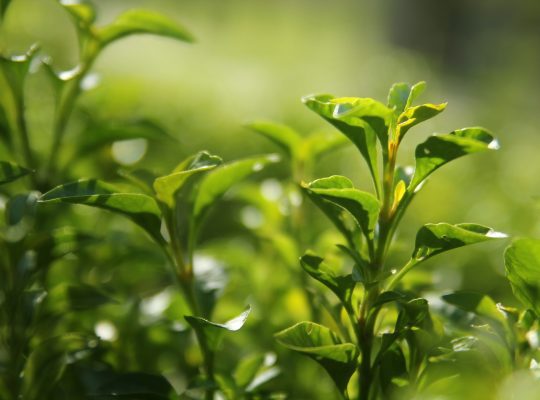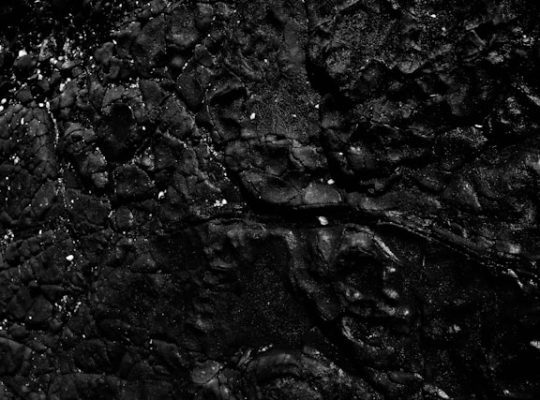The Indonesian government is set to release 54 potential onshore and offshore oil and gas exploration blocks between 2024 and 2028. This move by an upstream senior official on May 16 aims to tackle the country’s declining production rates and propel exploration in new areas to keep up with the increasing demand for energy.
Half of these blocks will be directly offered to interested parties, while the remaining 27 will be available through a standard bidding process, as announced by Ariana Soemanto, the director of upstream oil and gas business development at the energy and mineral resources ministry, during the IPA Convention and Exhibition in Banten.
The exploration focus is largely on Indonesia’s western regions, known for their rich oil and gas basins. Despite being recognized as mature areas, they are considered under-explored, offering ample opportunities for discovering new resources. The South Sumatra Basin, for instance, holds promise with an estimated 11.4 billion barrels of oil and gas potential remaining, even after more than 18.7 billion barrels worth has already been discovered.
Since 2021, 21 blocks in the western part of Indonesia have been secured through direct deals or regular bidding. These areas continue to attract investors due to their proven reserves and potential.
Investors favor direct offers, which begin with a joint study between them and the Indonesian government, followed by an official bid during a government auction. This approach is seen as advantageous, allowing a deeper understanding of the block’s potential before entering a competitive bid.
Indonesia kicked off its first oil and gas bid of the year earlier this week, featuring five blocks up for grabs.
To make the investment landscape more appealing, Indonesia is also refining its regulations. A new rule is in development to simplify the terms of gross split production sharing contracts (PSCs), making the conditions more favorable for contractors by adjusting the split requirements. This enhanced flexibility will accommodate discoveries of both conventional and unconventional hydrocarbons.
The goal of these changes is to attract more upstream investments by offering more attractive tender conditions and to support Indonesia’s ambition to increase its national oil and gas production. By 2030, Indonesia aims to achieve a production target of 1 million barrels of oil per day and 12 billion cubic feet of gas per day.
Additionally, Indonesia is working on a separate regulation for carbon capture and storage (CCS) in oil and gas projects, including permits for carbon storage areas, tender processes, and fees. This comes after a presidential decree allowing CCS operators to reserve 30% of their storage capacity for imported carbon dioxide.
With an impressive potential to store 572 gigatons of CO2 in saline aquifers and an additional 4.85 gigatons in depleted oil and gas reservoirs, Indonesia is positioning itself as a major player in both the oil and gas and environmental sectors.
This revision captures the essence of the original article while providing an easy-to-understand overview of Indonesia’s strategic moves to enhance its position in the global oil and gas market and its efforts in environmental management.








